
Learn Either Linux, Unix, Windows, DOS
- Teacher: SACS Computers
- Teacher: Saanmoiyol NyiIbiam


Learn Either Linux, Unix, Windows, DOS

In-person engagement has traditionally been the primary means of personal and professional communication for individuals all around the world. The COVID-19 pandemic has changed this standard and demonstrated that mastering efficient virtual communication is a skill that not only corporate executives but also teachers, doctors, and students — in other words, anyone wishing to connect inside the virtual realm — need to possess.
In this course, you will learn how to interact with others virtually and deal with the difficulties that come with communicating online that are mostly missing from face-to-face interactions. You'll discover how to design and customize virtual interactions. You will be taught different ICT tools for effective virtual communications.
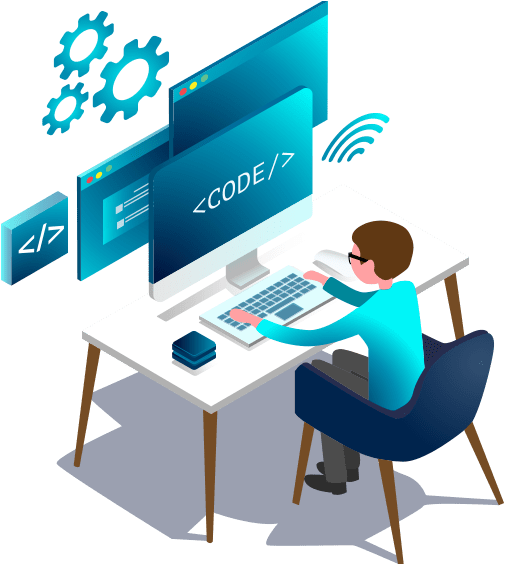
We prepare students to successfully learn the skills required for producing high-quality back-end products in the backend development course. Server-side development is another name for back-end development. Databases, programming, and website architecture are the main topics. To deliver the finished product, backend engineers collaborate closely with the front-end team. If you work in the software industry, you are aware of how dynamic it is and how those who can adapt and keep learning are rewarded. It's up to you to advance; we can support you with the most recent training available.

In this course, you will embark on an exciting journey into the world of
web development. Whether you're a beginner with no prior coding
experience or an aspiring developer looking to enhance your skills, this
course will equip you with the fundamental knowledge and practical
skills needed to build websites and web applications.
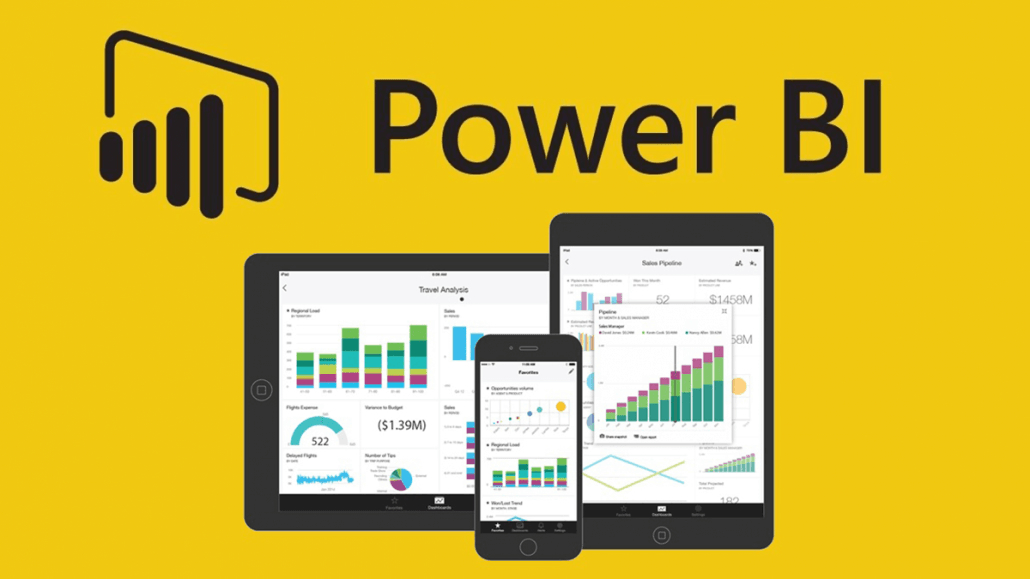

You will learn about various data management techniques from this course and the skills and expertise necessary to manage your data efficiently. It helps you share your data safely, and efficiently, and comply with FAIR principles. It also provides techniques for handling and organizing research data.

The R programming language is a widely used language for conducting data analysis. You will study the basics of R in this course. Prior knowledge of coding is not required. This course will cover handling various data types, producing attractive and informative visualisations, computing various statistics on our data, and delving into the meaning of these statistical concepts. At the end, you will be able to write basic computer programmes to analyse data.
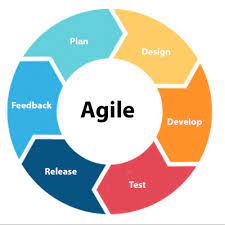
Business analysis methods are applied in an agile setting through the usage of agile business analysis approaches. You will gain the skills necessary to work on productive agile projects by taking these training courses on Agile Business Analysis, which will demonstrate how to apply Agile within the framework of Business Analysis.


What every student needs to know about artificial intelligence is covered in this course. Fast-evolving technology like artificial intelligence (AI) has effects and repercussions on both our personal life and society at large. In this course, students will study ideas like algorithms, machine learning, and neural networks as a fundamental introduction to the elements and components of artificial intelligence. Students will also examine current applications of AI and assess its shortcomings, including bias. The course also takes a fair look at how AI may affect current employment opportunities as well as its ability to pave the way for brand-new, fascinating career fields in the future. Students will comprehend what AI is, how it functions, potential danger zones, and practical applications of the technology.
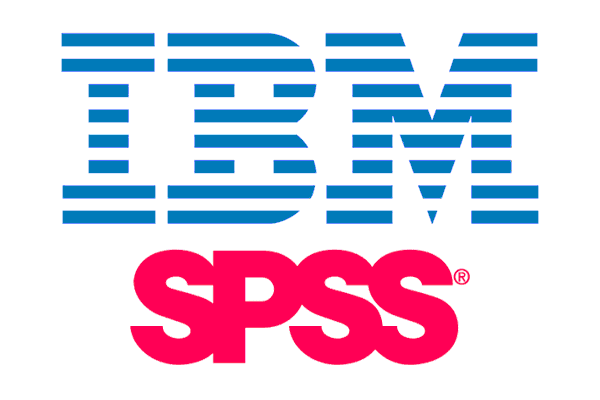
You will quickly learn all the necessary abilities for an SPSS data analyst, from basic data operations to more complex multivariate methods like principal component analysis, multidimensional scaling, and logistic regression. The good news is that you don't need any prior SPSS experience. That will work if you understand the most fundamental statistical principles. You will learn the following:
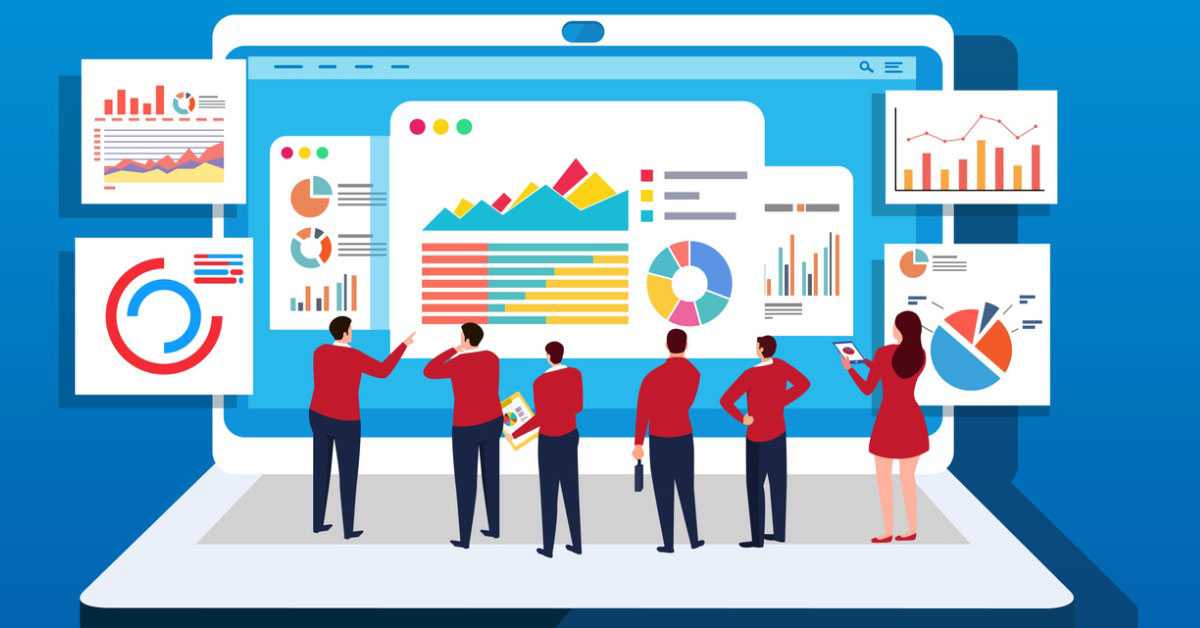
In this comprehensive course, created by SACS Computers, you will learn the whole process of data analysis. You'll be reading data from multiple sources (CSV, SQL, Excel), process the data using NumPy and Pandas, and visualize it using Matplotlib and Seaborn. In addition, we've included a thorough Jupyter Notebook course, and a quick Python reference to refresh your programming skills.
Learn SQL, the standard programming language that is used to manage relational databases
and perform various operations on the data in them.
You'll learn how to modify database table and index structures; add, retrieve, update and delete rows of data; and retrieving subsets of information from within relational database management systems.
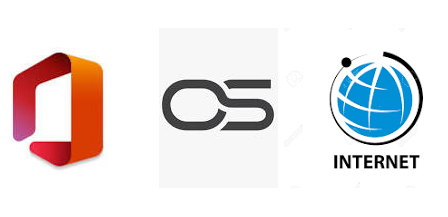
In this course, you will be equipped with the basic skills needed to kickstart your digital journey.
You will learn Microsoft Word, Microsoft Excel, Microsoft PowerPoint, Internet and Operating System.

Get familiar with important research methodology terms like "research problem," "research design," "sampling techniques," "research proposal," "data collection," "data analysis," and "research report (dissertation/thesis"). The goal of this course is to thoroughly explain the topics in the smallest amount of time.
This course is intended to be applied. Thus, for both quantitative and qualitative research, the operational processes that make up this research process are grouped around the theoretical knowledge that makes up the research methodology.

There are several opportunities for educationalists as a result of the Learning Management System (LMS)'s growing usage in the educational setting. It offers systematic delivery and management of instructional resources, a methodical approach to assessment to determine whether learning objectives have been met, tracking of learner progress, and provision of the management with the essential data regarding the teaching-learning process. The LMS can be used with several software frameworks. It has a web-based platform for teaching-learning/training programmes, Modular Object-Oriented Dynamic Learning Environment (MOODLE) is one of the various frameworks. With MOODLE, instructors may arrange and save course materials in a safe online space that their students can access at any time and from any location.
This course is for students and teachers. Teachers can post, collect, and grade assignments, administer quizzes, host online discussions, share resources, and more. This course delivers a complete demonstration of MOODLE LMS application.

This course is part of the Software Testing and Automation Specialization. Through practical projects, you will acquire job-relevant abilities, establish a foundational grasp of a subject or tool, discover new concepts from industry experts, and receive a shareable career credential. You will comprehend the essential ideas and procedures of software testing after finishing this course. An automated testing tool will be used to run the test cases that you have actively written. You will be able to identify and write effective test cases that include input data and desired results.
The primary target population for this course are learners who are interested in working as software engineers, software engineers in testing, test automation engineers, software developers, programmers, computer enthusiasts, or DevOps engineers. We anticipate that you will have some familiarity with the Software development lifecycle, a grasp of the Java programming language (or any other object-oriented language that is comparable), and the ability to pick up Java syntax quickly.

A general introduction to software engineering is given in this course. It explains key software development activities, from original specification to system maintenance, as well as topics like software processes and agile methodologies. In addition, typical design patterns and UML notation are presented, along with other formalizations and technologies to help in software development. Software testing is also emphasized, ranging from unit testing to testing software releases. There is also a discussion on IT governance, project management, professional software engineering practice, software security, and ICT codes of ethics. Case studies give many of these ideas real-world examples.
Welcome to the Java Programming course! In this course, we will dive into the exciting world of Java, one of the most widely used and versatile programming languages in the industry. Whether you're a beginner or have some programming experience, this course is designed to provide you with a solid foundation and guide you towards becoming a proficient Java developer.
In this course, we will cover the fundamental concepts of Java
programming and gradually progress to more advanced topics. You will
gain a comprehensive understanding of Java syntax, object-oriented
programming principles, and essential programming techniques. By the end
of the course, you will be equipped with the skills to develop Java
applications, solve complex problems, and embark on your journey as a
Java developer.

This course you will learn the fundamentals of graphic design using two
of the most popular software tools in the industry - Corel Draw and
Photoshop. By the end of the course, you will have a strong foundation
in graphic design principles and the technical skills needed to create
professional-grade designs.
You will begin from scratch and master the fundamentals of information technology. We will go over how operating systems, hardware, software, and computer networks operate. After covering the fundamentals, we will move on to the security aspect of IT, learning about the many malware kinds, the reasons for hacker attacks, and their methods. Lastly, we will discuss the many forms of cybersecurity defenses, encompassing both general and cutting-edge tools and technology. During this course, we'll discuss: an explanation of cybersecurity and its application; the Cybersecurity Domains; attacks related to cybersecurity, such as malware, network, social engineering, and physical attacks; and defenses against cyberattacks.